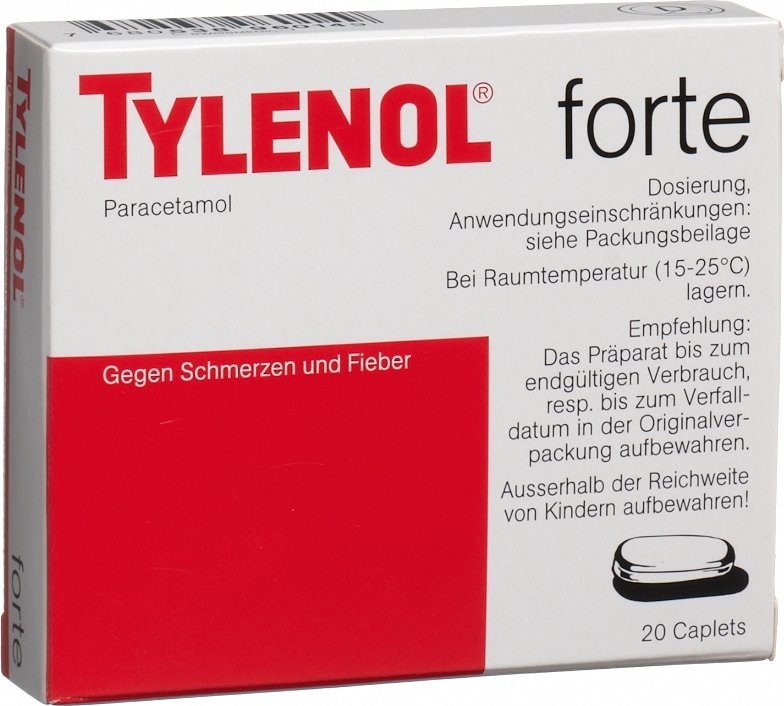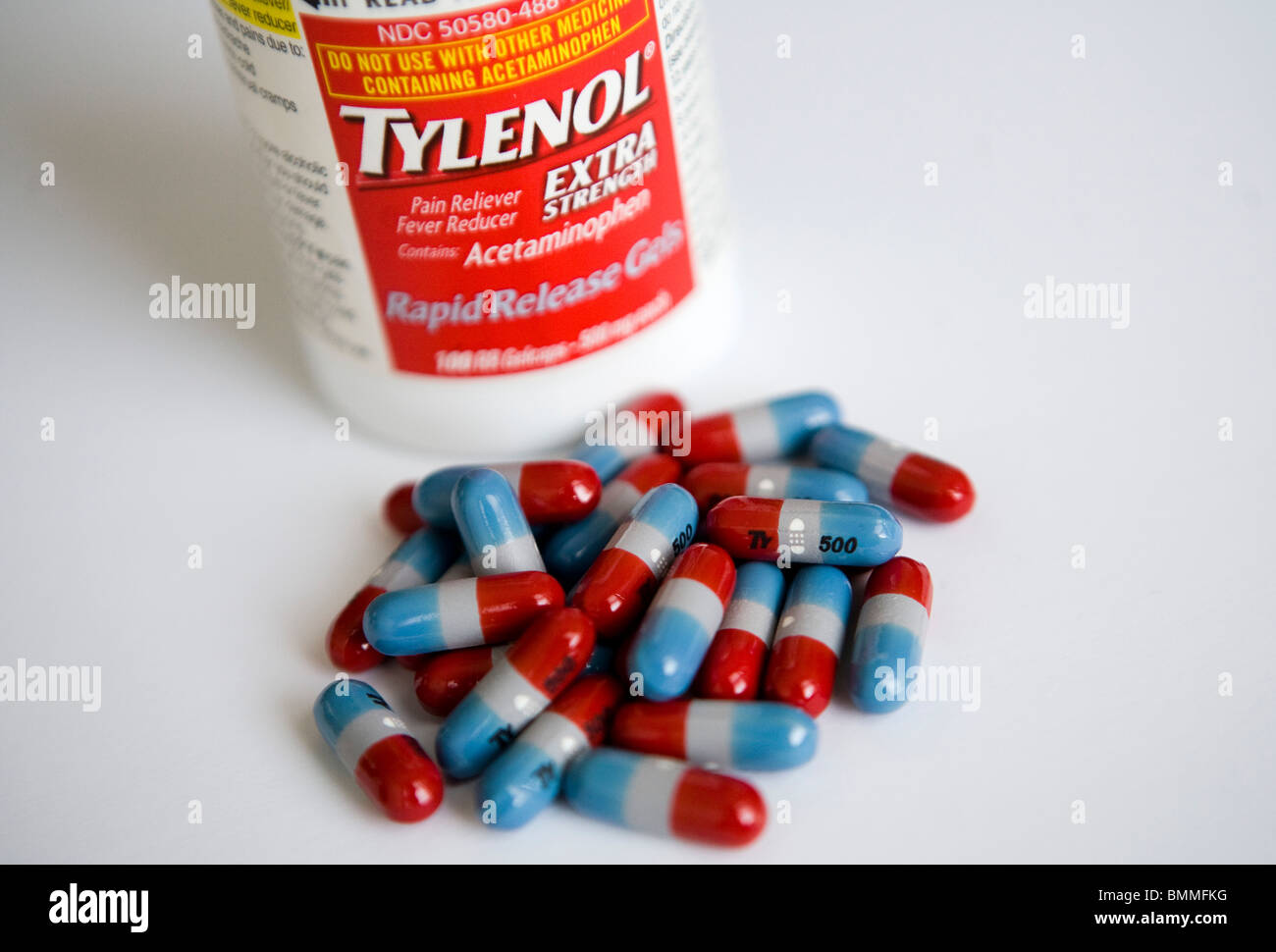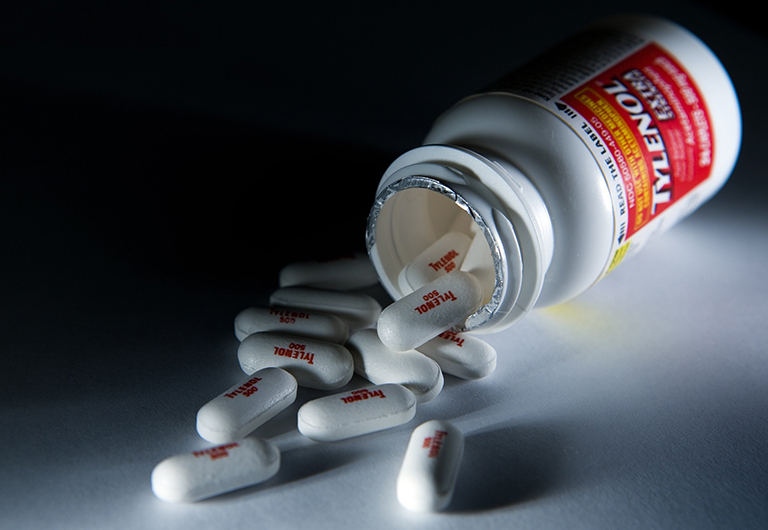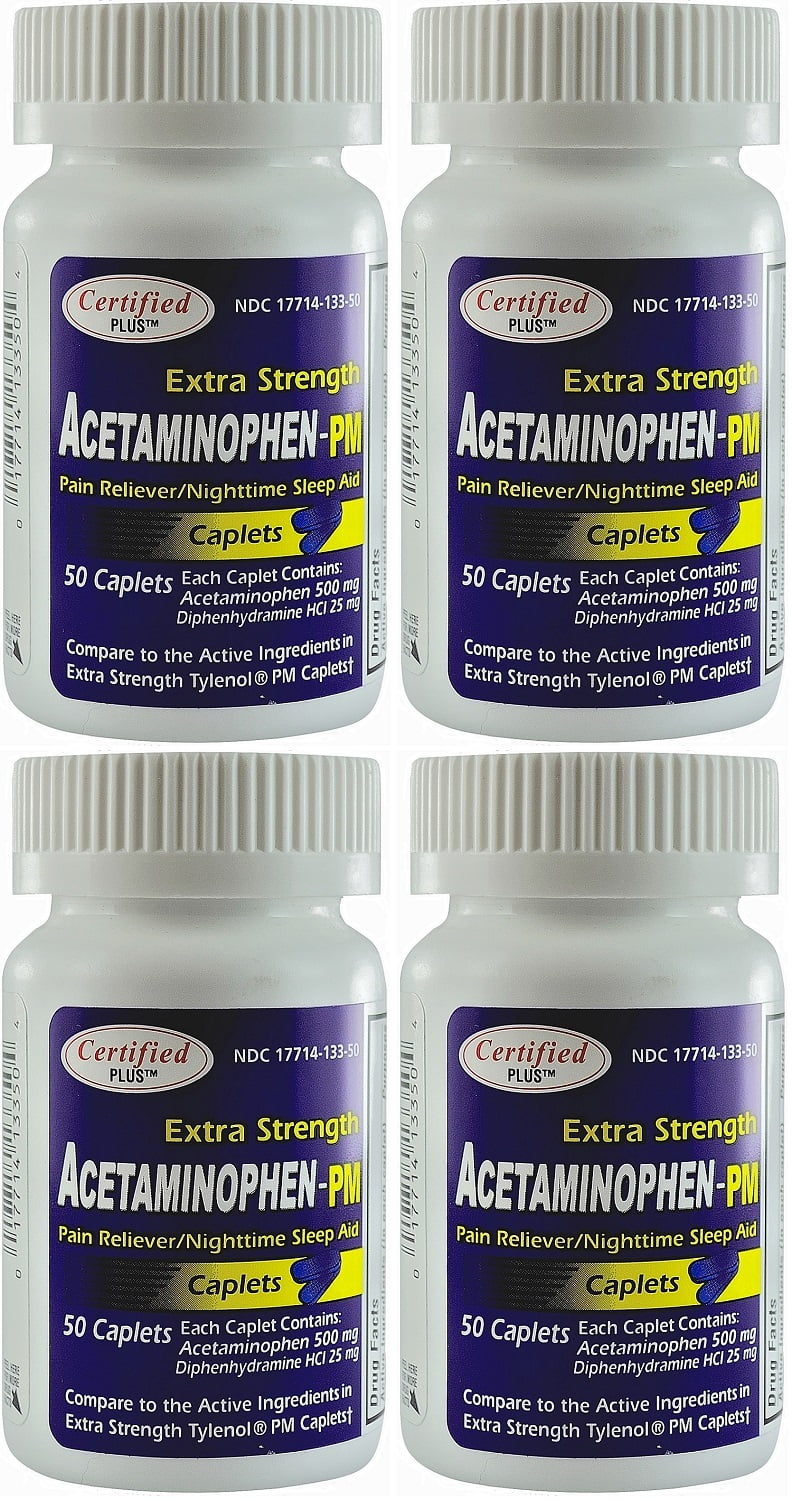

With large acute doses or with chronic use, the Metabolite consequently, toxicity of acetaminophen is related to the Toxicity of some drugs is related to the formation of an undesirable 4 Toxicityĭrugs may have toxic effects due to various reasons. Sulfhydryl groups in glutathione, converting it to harmless metabolitesīefore being excreted in the urine. Under normal circumstances, this toxic metabolite reacts with Reactive metabolite, N-acetyl- p-benzoquinone imine (NAPQI). In the urine and the rest undergoes CYP450-mediated oxidation to form a Of the remaining acetaminophen, approximately 2% is excreted unchanged 12 Approximately 90% of acetaminophen is conjugated to sulfated and glucuronidated metabolites that are renally eliminated.


Three main hepatic pathways: glucuronidation, sulfation, and CYP450 2E1 Therapeutic doses, yet can be increased to more than 4 hours in patientsĪcetaminophen is extensively metabolized by the liver via The half-life of acetaminophen is approximately 2 to 3 hours after 12 With overdoses, peak plasma concentrations are usually achieved within 4 hours. Peak plasma concentrations are achieved within 30 to 60 minutes 4 food may delay time to peak concentration, but the extent of absorption is not affected. Gastrointestinal (GI) tract and quickly distributed throughout theīody.

Upon ingestion, acetaminophen is rapidly absorbed from the Symptoms of overdose and toxicity, and counsel their patients on proper Therefore, it is imperative that pharmacists recognize signs and 9 Acetaminophen-induced liver toxicity hasīecome the most common cause of acute liver failure and the second mostĬommon cause of liver failure requiring transplantation. Medications in various concentrations and formulations.Īcetaminophen-associated overdoses account for approximately 56,000Įmergency department visits, 26,000 hospitalizations, and over 450ĭeaths annually. Ingredient and in combination with other OTC and prescription To the widespread availability of acetaminophen as both a single Has been a steady increase in the incidence of acetaminophen-related 6Īcetaminophen toxicity is one of the most common causes ofīoth intentional and unintentional poisoning in the U.S. Liver function, acute liver failure, and even death. Which can result in a range of problems, including abnormalities in However, hepatotoxicity is a common consequence of overconsumption, Has a very well-established safety and efficacy profile. Mild-to-moderate pain or fever, and it is not associated with stomachĭiscomfort or bleeding at recommended doses. Of the adult population reported using either OTC or prescriptionĪcetaminophen (paracetamol or APAP) has analgesic andĪntipyretic properties similar to aspirin’s, but minimalĪnti-inflammatory properties. The adult population reported using OTC acetaminophen monthly, and 23% Of conditions, making it undoubtedly one of the most common drugsĮncountered by pharmacists. Utilized by patients in both prescription and OTC products for a variety This article reviews the etiology, signs, and symptoms ofĪcetaminophen toxicity and the role of the pharmacist in the preventionĪcetaminophen is often recommended by doctors and highly Recommendations regarding acetaminophen use to help improve patient Highly utilized by patients in both prescription and OTC products for a Acetaminophen is often recommended by doctors and It has become the most common cause of acute liverįailure and the second most prevalent cause of liver failure requiring Most common causes of both intentional and unintentional poisoning in ABSTRACT: Acetaminophen toxicity is one of the


 0 kommentar(er)
0 kommentar(er)
